T4K3.news
Cosmic Horseshoe Reveals Heaviest Black Hole Yet
A massive black hole in a distant galaxy has been measured with high precision using gravitational lensing.
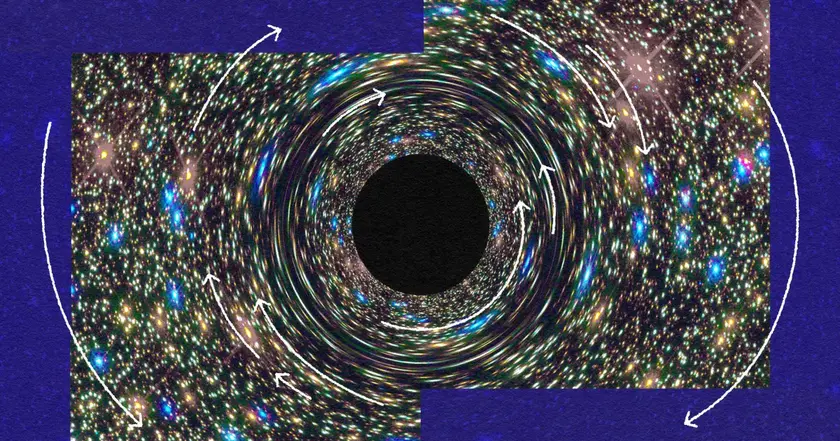
New measurements of the cosmic horseshoe reveal a central black hole weighing 36 billion solar masses, a result that challenges simple growth models.
Cosmic Horseshoe Reveals Black Hole of 36 Billion Solar Masses
Scientists have measured a central black hole weighing 36 billion solar masses in the galaxy at the heart of the cosmic horseshoe, a gravitational lens configuration first spotted in SDSS data and imaged by Hubble. The measurement, using a combination of lensing geometry and spectroscopy, yields unusually small uncertainties for such a distant object and places the black hole among the heaviest ever seen. The host galaxy is about 5 billion light-years away, and the lensing effect lets researchers probe the inner regions where stellar motions would normally be blurred.
Beyond the numbers, the finding matters for theories of galaxy growth. The black hole's mass is large compared with the galaxy's stars, a sign that black holes may grow early and quickly in some systems. The Abell 1201 galaxy is another example of an overmassive black hole in a nearby giant; together with data from JWST and other surveys, these cases push scientists to consider heavier seeds, tens of thousands of solar masses, as starting points for rapid growth. Such results suggest a chicken-and-egg puzzle where sometimes the black hole leads the way.
Key Takeaways
"36 billion solar masses is pushing the edge of what we thought possible"
Mass measurement precision and distance
"If heavier seeds exist, they explain how giants form so quickly"
Seed models and rapid growth
"The data hint that black holes can come first in galaxy evolution"
Main implication for coevolution
The result shifts the balance on how we think black holes grew. It shows that gravitational lensing can give precise masses for distant black holes and opens a new kind of laboratory in the sky. Yet the sample is small and the alignment in lensing cases can bias measurements, so more data is needed. Looking at the early universe, the findings hint that heavy seeds played a bigger role than once thought and may drive rapid growth in the first billion years.
Overall, the idea that black holes might come first in some galaxies gains traction from this and similar work. A unified story is still far off, but the evidence is growing that stars and black holes coevolve in a complex dance, with the giant seeds leading the way in some cases.
Highlights
- Heavy seeds rewrite the universe's growth playbook
- Black holes lead the dance in the early universe
- Lensing turns a distant core into a local laboratory
- The horseshoe opens a door to a galaxy core
More data will test how these giants fit into the cosmic story.
Enjoyed this? Let your friends know!
Related News
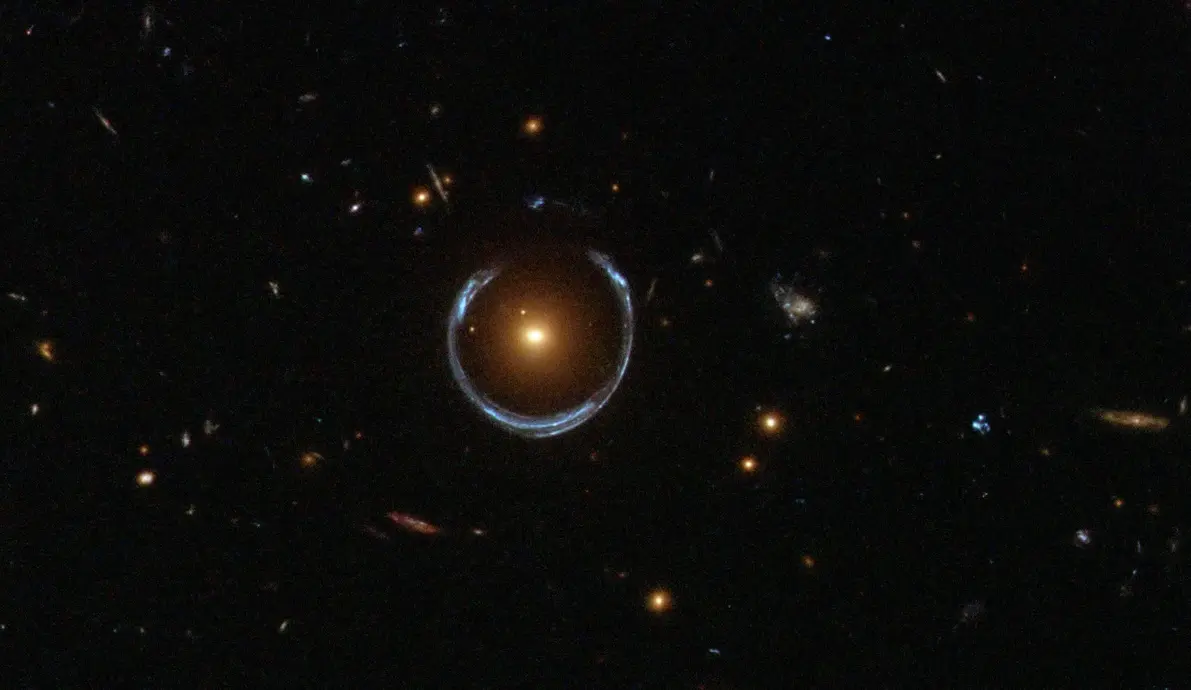
New black hole discovery made with mass of 36 billion suns
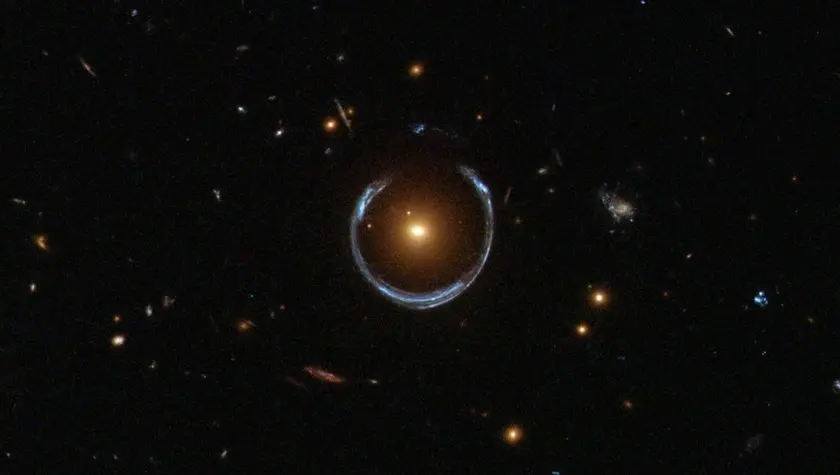
Ultramassive black hole discovered at center of Cosmic Horseshoe

Ultramassive Black Hole Discovered
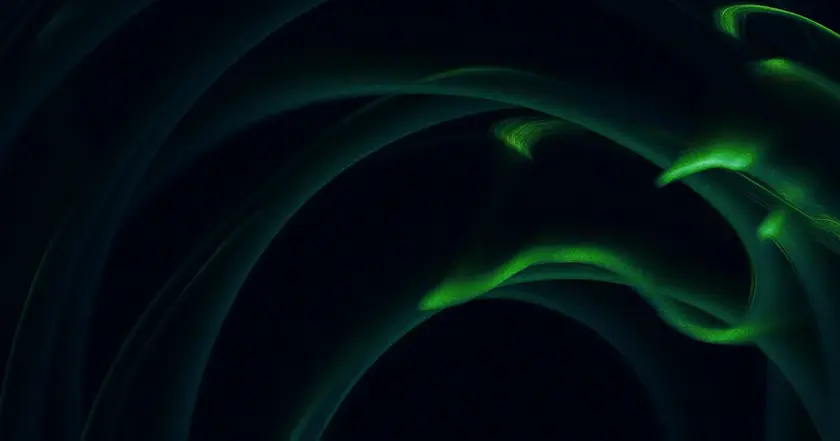
Giant black hole bends light into Einstein ring
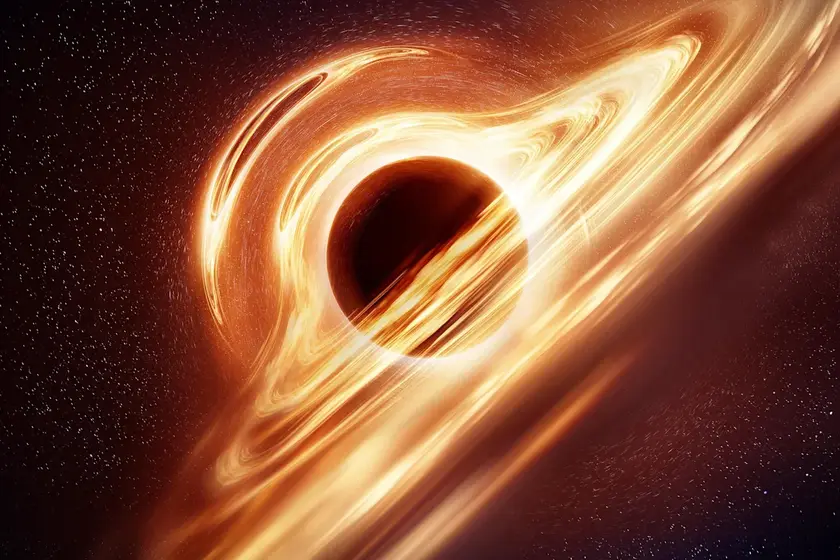
James Webb Telescope may have found early cosmic light sources
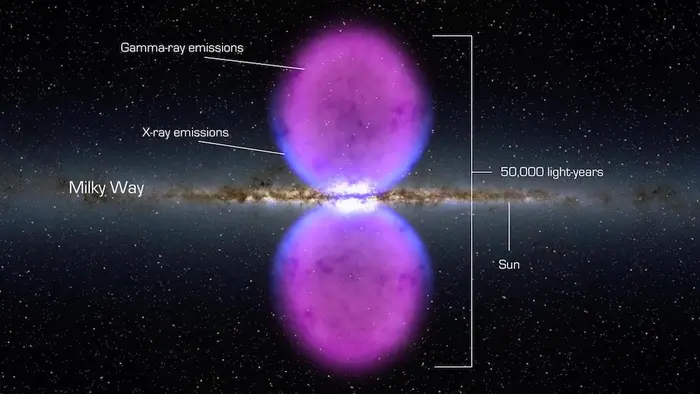
Milky Way Center Reveals Ice Cloud Clues

Eye of Sauron image maps a powerful blazar jet
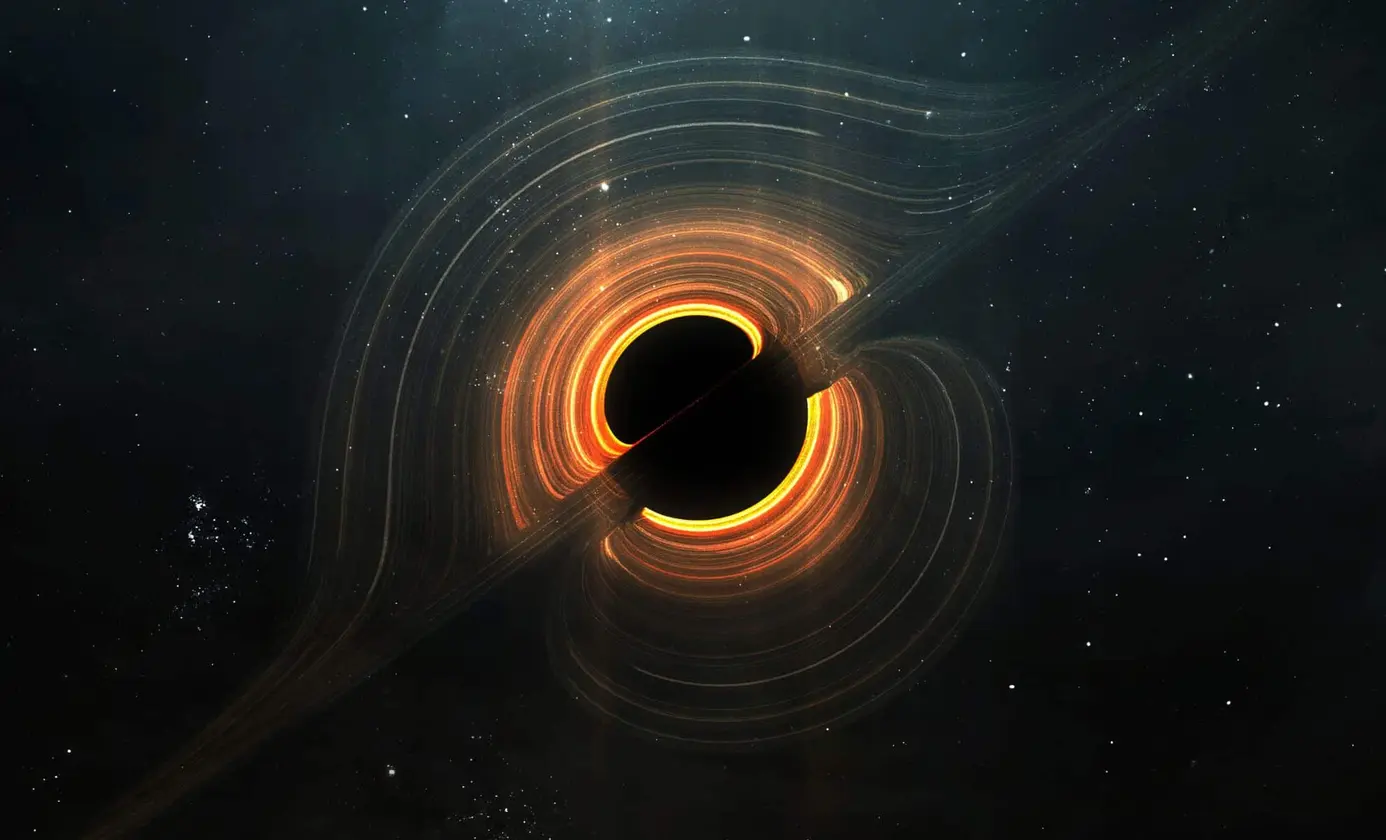
Infinity Galaxy Births a Supermassive Black Hole
